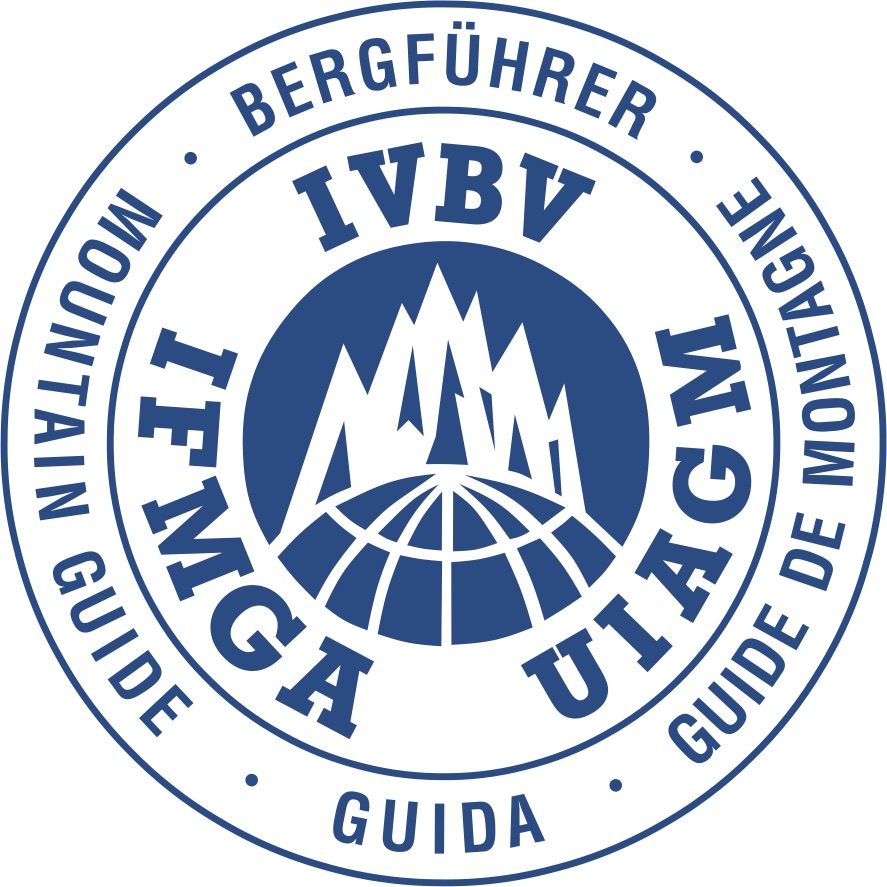Improvised high angle Self-REscue Modules
Comprehensive Self Rescue Training
This series is meant to provide practical high angle self rescue skills for both rock climbers and alpine climbers–including crevasse rescue rigging. These modules can be taken as individually or as a two day comprehensive self rescue program.
Upcoming 2025 Programs
Rock | June 14th – Boulder, CO
Snow and Glacier | June 15th – Estes Park, CO
Make sure you sign up for your intended module date! 👉
For More comprehensive subject matter programs Check out these:
Module Approach
Foundational high-angle rescue skills applied in two contexts
A comfortable dry setting provides a superior learning environment to learn the fundamentals of high angle improvised rescue. If you do not have a strong background in improvised rescue start here before moving to a wet, cold, glove wearing environment.
You will be far more effective in the snow and glacier context after you have built a level of familiarity with these techniques. Having a mastery of the the techncial fundamentals allows you to focus more on how to apply them across the dynamic varabile nature of the snow and ice environment.
In these modules we will spend time practicing techniques as well as discussing their situational application in real world settings. We will want to come away with a good understanding of why and when we use these skills not just how to rig them in a classroom context.
Technical Skills for dry rock
- Discussion of common self rescue situations and prevention
- Rescue skills for the second climber
- Escaping the belay
- Ascending to the leader
- Rappelling with an injured climber
- Advanced rappel techniques
- Rescue skills for the lead climber
- Releasing a belay plate, lowering, hauling
- Passing a knot while lowering
Prerequesites
- Mastery of single pitch climbing systems
- Understanding of multi pitch climbing systems
- Use of a plaquette style belay plate
- Knowledge of climbing knots and hitches
- figure 8, overhand on a bight, clove hitch, girth hitch
- klemhiest, prussic, autoblock
- Munter hitch, mule knot and overhand backup (MMO)
Self rescue for snow and glaciers
- Glacier Navigation
- Crevasse and snow bridge formation
- Assessing and approaching a crevasse
- Snow anchor construction
- Descent techniques
- Improvised ascent
- Hauling Techniques
- Patient Considerations
Yes, these courses are best in Colorado in early summer in the high alpine.
Late season in Colorado we have access to high alpine snow that realistically simulates many common snow conditions encountered on glaciated peaks. Its key that you practice in circumstances that reflect the real thing. This is why we don’t offer these trainings until early summer when we have the right snow for them.
If you want to ski on glaciers I recommend leaning about glacier safety on real glaciers as the margin for error skiing unroped is very small. We don’t want to focus on rescue skills in this context but avoidance skills. While the skills on these programs are very transferable to a ski context don’t think they replace supervised milage on real glaciers. Check out this program.
Interested?
Please drop me a line with the contact form. I can give you some more information and we can talk about if this program is a right fit for your goals.




